Have you ever wondered about the best practices for leaving a harness on your dog?
As a responsible pet owner, it’s crucial to understand the potential risks and guidelines for using a harness effectively.
While it may seem convenient to leave the harness on for extended periods, there are important considerations to keep in mind to ensure the safety and well-being of your furry friend.
By exploring expert guidelines and practical tips, you can make informed decisions about harness use to provide your dog with the comfort and security they need.
Key Takeaways
- Proper fit is crucial to ensure comfort and prevent potential risks of prolonged wear.
- Regularly checking the fit of the harness is important, especially as the dog grows or changes weight.
- Dogs with respiratory issues should always wear a properly fitted harness.
- It is not recommended to leave a dog alone for extended periods with a harness, and the harness should be removed before bedtime to allow for unrestricted movement during sleep.
Importance of Proper Fit
Ensuring the proper fit of a dog harness is essential to prevent discomfort and potential harm to your canine companion. A well-fitted harness should allow you to comfortably slip two fingers between the harness and your dog’s chest.
When putting on a harness, make sure it’s properly fitted to avoid any chafing or restriction of movement. A harness that fits correctly will distribute pressure evenly across the chest, reducing the risk of injury.
It’s crucial to regularly check the fit of the harness, especially as your dog grows or if they gain or lose weight. Leaving a harness on your dog that’s ill-fitted can lead to discomfort, chafing, and irritation. Additionally, dogs with tracheal collapse or respiratory issues should only wear a harness that fits properly to avoid exacerbating their condition.
When removing the harness, be mindful of any signs of discomfort or irritation. By using a properly fitted harness, you can ensure your dog’s safety and comfort during walks and other activities.
Potential Risks of Prolonged Wear
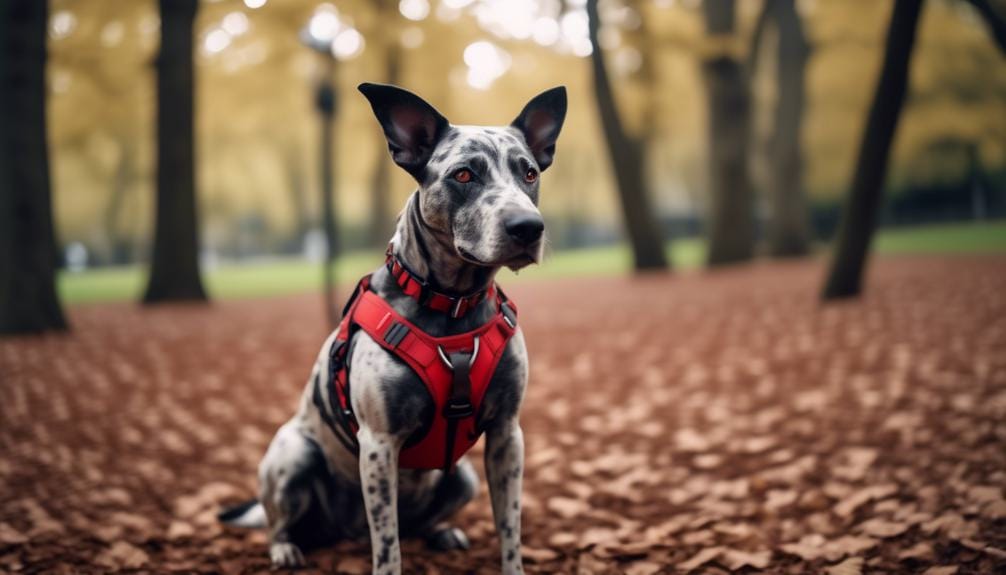
Prolonged wear of a poorly fitting harness can lead to discomfort and potential harm for your dog. This includes chafing, sore spots, and the risk of entanglement. When a harness is left on for long periods, especially unsupervised, it can lead to chafing, sore spots, and bald patches on your dog’s skin. Leaving a harness on for extended periods can also restrict your dog’s ability to scratch themselves, causing discomfort over time. It may even pose a risk of entanglement and potential injury.
Sleeping with a harness can be risky as it may get caught on objects and become a choking hazard. It can also be uncomfortable for the dog to wear 24/7. Certain harnesses may harm specific breeds, such as those with a front strap, and should be used with caution.
Pet parents need to be mindful of these potential risks to ensure the well-being of their furry friends.
Guidelines for Supervised Wear
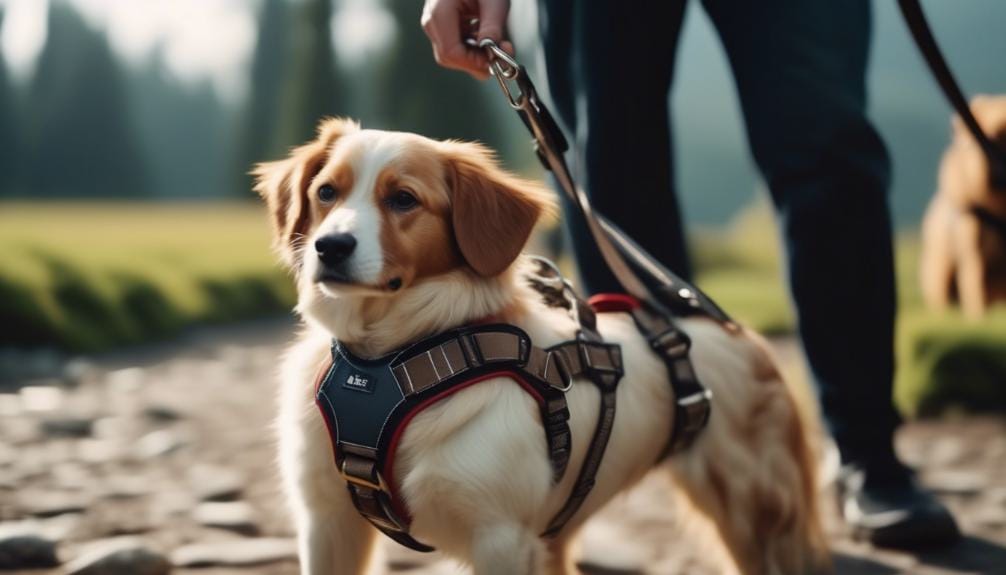
You can leave a well-fitted and comfortable harness on your dog throughout the day, but it’s important to exercise caution to prevent any potential harm or entanglement.
When supervising your dog wear a harness, it’s essential to ensure that the harness fits properly and doesn’t cause any discomfort.
Certain types of dog harnesses, such as front-clip harnesses, can be a good choice for small breeds as they reduce the risk of strain on the neck and provide better control during walks.
However, it’s crucial to monitor your dog to prevent your dog from chewing or getting caught on objects while wearing a harness.
While supervised wear is generally acceptable, it isn’t recommended to leave a dog alone for an extended period while wearing a harness, as this could lead to potential risks.
Therefore, it’s best to remove the harness before bedtime to ensure the safety and comfort of your furry friend.
Always keep a close eye on your dog when they’ve a harness on to avoid any issues with ill-fitting harnesses.
Safety and Comfort Tips
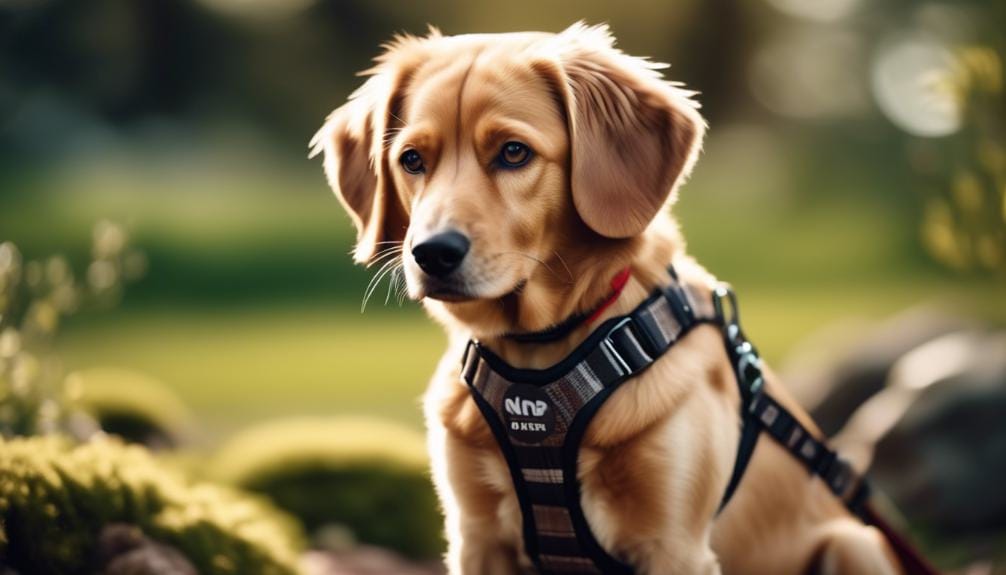
Regularly checking the fit and condition of your dog’s harness will help ensure their safety and comfort throughout the day. It’s important to prioritize your dog’s well-being by following these safety and comfort tips:
- Proper Fit: Ensure the harness is snug but not too tight. You should be able to fit two fingers between the harness and your dog’s neck to prevent discomfort and chafing.
- Supervision: Avoid leaving your dog alone for extended periods while wearing a harness to prevent entanglement or potential choking hazards.
- Regular Checks: Take time to inspect the harness for any signs of wear and tear, as well as to make sure it’s not trapping or causing harm to your dog.
Sleeping and Resting Considerations
After ensuring your dog’s harness fits properly and prioritizing their safety and comfort during the day, it’s important to consider the implications of leaving the harness on while your dog sleeps or rests. While it’s generally safe for dogs to sleep with a harness on, there are important factors to consider. The comfort of the harness during sleep depends on padding and proper fit. However, leaving the harness on during sleep can increase the risk of entanglement or getting stuck, especially for older dogs. It’s essential to supervise your dog when they wear a harness, even during rest, to ensure their safety and prevent discomfort. The harness should not cause chafing, fur loss, or restrict movement during sleep. Here’s a quick overview of the pros and cons of letting your dog sleep with a harness on:
| Pros | Cons |
|---|---|
| Provides security and control | Risk of entanglement or getting stuck |
| Useful for attaching a leash | Potential discomfort or chafing |
| Supports the dog’s chest | Supervision is necessary |
| Can be helpful for older dogs |
Frequently Asked Questions
How Long Can You Leave a Dog Harness On?
You can leave a dog harness on all day if it’s comfortable and well-fitted. For safety, avoid leaving it on when the dog is alone for an extended time. Regularly check for any issues, especially during activities like hiking.
How Long Should a Dog Harness Last?
A dog harness can last 1-5 years, depending on use and quality. Regularly check for wear and tear, especially in high-stress areas. Replace if damaged or if your dog outgrows it. Proper care ensures longer use.
Can a Dog Wear a Halter All the Time?
You shouldn’t leave a dog’s harness on all the time. Even though they can wear it all day if it fits well and is comfy, it’s safer to remove it when they’re alone to prevent potential risks.
What Damage Can a Harness Do to a Dog?
Leaving a harness on a dog for extended periods can cause shoulder pain, gait issues, and chafing. Non-padded harnesses may lead to irritation, especially for short-coated dogs. No-pull harnesses can strain shoulders if the dog pulls.
Conclusion
In conclusion, it’s important to ensure that your dog’s harness is properly fitted and regularly checked for any signs of discomfort.
While it’s generally safe to leave a harness on during supervised activities, it’s best to avoid prolonged wear and never leave your dog unattended with a harness on.
Remember to prioritize your dog’s safety and comfort by following expert guidelines and tips for using a harness.

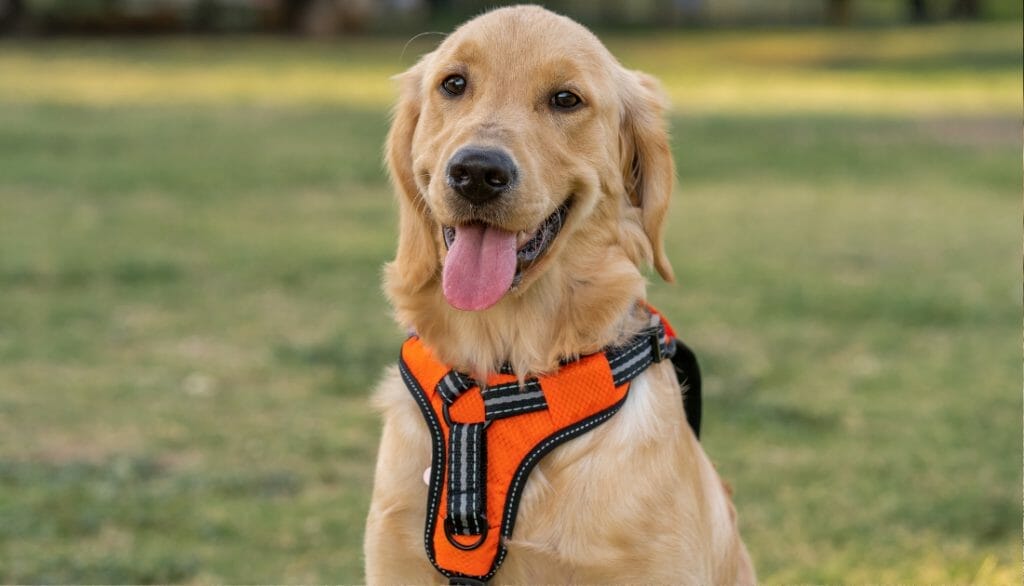
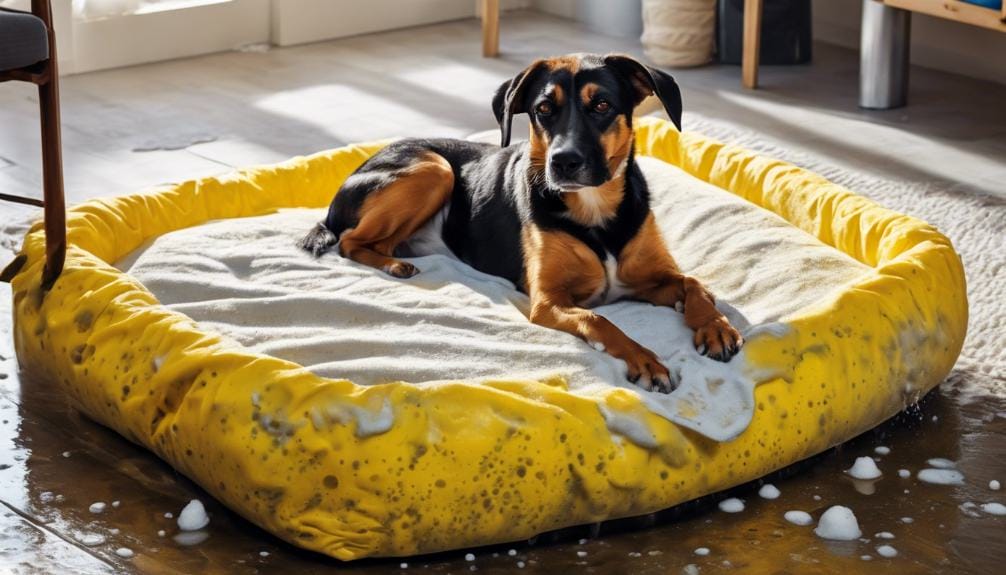
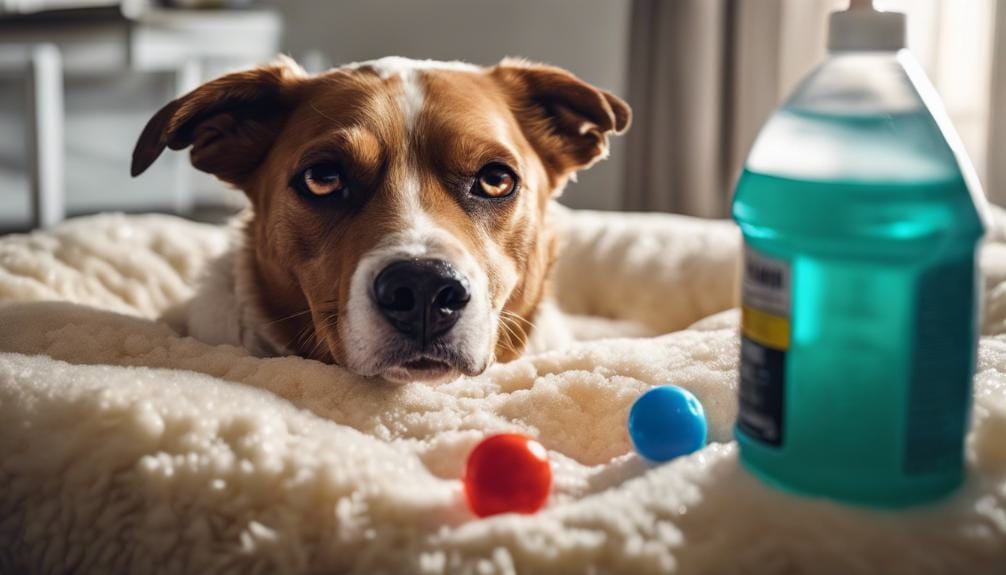
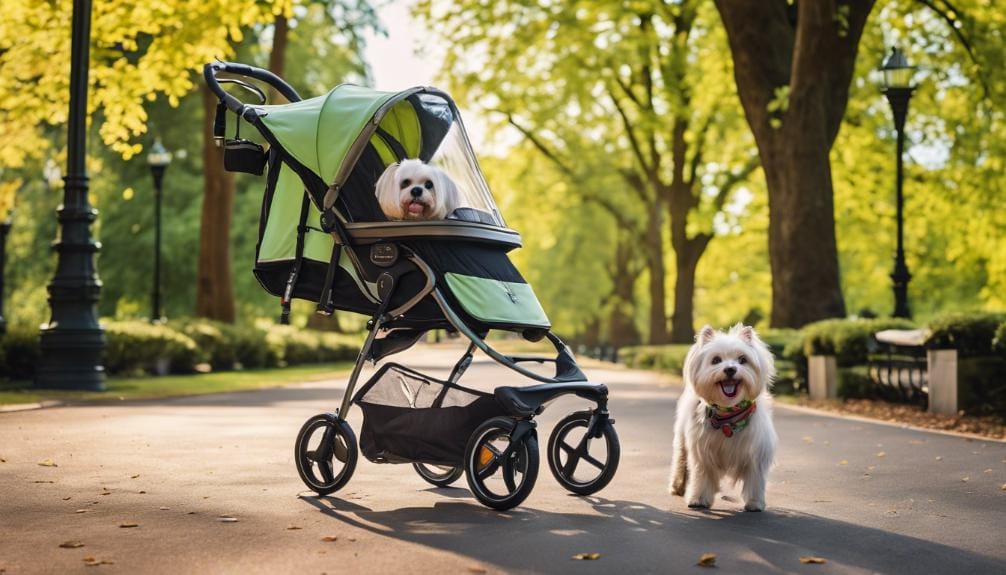
Leave a Reply
You must be logged in to post a comment.